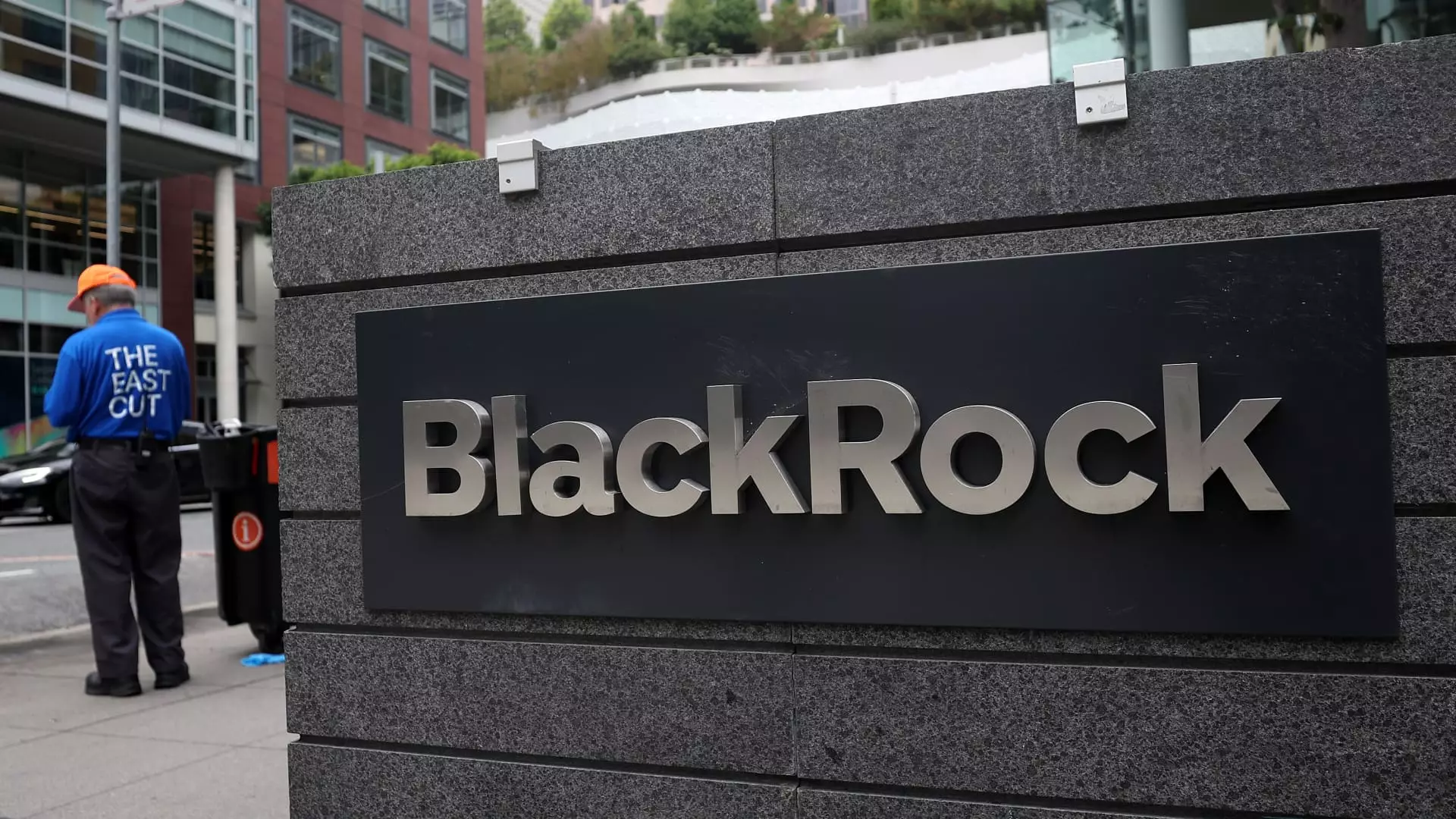The ongoing volatility in the stock market has become emblematic of a broader malaise afflicting various sectors, particularly the airline industry. The recent slump in Frontier Group’s shares by a staggering 11% serves as a stark reminder of the unpredictable winds buffeting the airlines. Their grim outlook and withdrawal of long-term projections highlight a significant undercurrent of consumer uncertainty and diminishing demand. In an economy poised at the precipice of recession, it’s hard to ignore the implications of a retreat from travel spending. Consumers may be tightening their belts in anticipation of tougher days ahead. This suggests a larger problem: the fragility of consumer confidence, which is painfully reflected in the rapid deterioration of an industry that once enjoyed robust growth post-pandemic.
Automobile Sector: A Year of Discontent
Stellantis, a titan in the automotive world, is feeling the pinch as well, reporting a 9% drop in global vehicle shipments. The intricacies of production challenges and transitional phases paired with an unanticipated halt during the holidays have converged to contribute to this downturn. It’s baffling to consider how a company of Stellantis’s stature can falter due to factors seemingly within its control. Could this be indicative of deeper mismanagement? As innovation in the automotive sector accelerates towards electric vehicles, these production woes seem all the more incongruous. The declining car sales are not just numbers; they symbolize an industry grappling with the challenge of evolving consumer preferences while being ensnared by outdated operational models.
Banking on Turbulence: The Mixed Bag of Earnings
The banking sector presents a curious contrast. While JPMorgan stock experienced a boost of over 3% following impressive earnings, with revenues soaring past expectations, the narrative is not purely optimistic. CEO Jamie Dimon’s warning regarding “considerable turbulence” in the U.S. economy begs the question: how resilient are these financial giants in the face of impending challenges? Morgan Stanley also reported earnings that beat estimates but only marginally registered an uptick of less than 1%. Wells Fargo’s slight downturn following a revenue shortfall further complicates the picture. What does this mix of positive earnings amidst a backdrop of foreboding economic signals indicate? It suggests an ongoing disconnection between Wall Street’s confidence and Main Street’s unease, raising concerns about sustainability.
Investment Shields in Stormy Waters
Amidst the chaos, some have found refuge. BlackRock’s shares advanced by 2% after beating earnings expectations, suggesting that asset management firms can thrive even when their broader economic environment is shaky. Larry Fink’s caution about a potential recession indicates that even those at the helm of financial institutions are eyeing the horizon with skepticism. However, the surge in gold prices, attributed to market volatility, stands out as an unexpected silver lining. Barrick Gold and Newmont Corp shining in these tumultuous times indicates a classic flight to safety often seen in bearish markets. It reflects an enduring belief that physical assets can provide a hedge against an uncertain financial landscape.
Tech Resilience in a Digital Age
On the tech front, Apple’s nearly 4% uptick amid tariff concerns from China highlights a remarkable dichotomy. The tech giant appears able to weather geopolitical storms, albeit at the potential cost of pricking consumer pockets with higher prices. It’s concerning yet not surprising to see such resilience from a company at the forefront of innovation, but one must also contemplate the long-term ramifications of rising costs on consumer behavior and market structure. Innovation, while vital, often results in reinvestment, and as Apple adjusts its pricing strategy, it is essential to watch how consumers will react to potential increases in product prices.
Bitcoin’s Unpredictable Ally: MicroStrategy’s Ascent
Lastly, MicroStrategy’s leap of over 9% encapsulates the turbulent cryptocurrency market—a realm where values fluctuate wildly based on sentiment and external factors. With Bitcoin making a comeback, it appears that speculation continues to drive interest in digital assets. However, with the market as volatile as it has been, one cannot help but feel a sense of caution. Despite its rise, the underlying uncertainties remain, and the liberating allure of Bitcoin can quickly morph into a financial trap for the unwary investor.
Each of these snippets from the market paints a picture of an economy navigating uncharted waters, where trepidation and opportunity coexist in a delicate balance.

